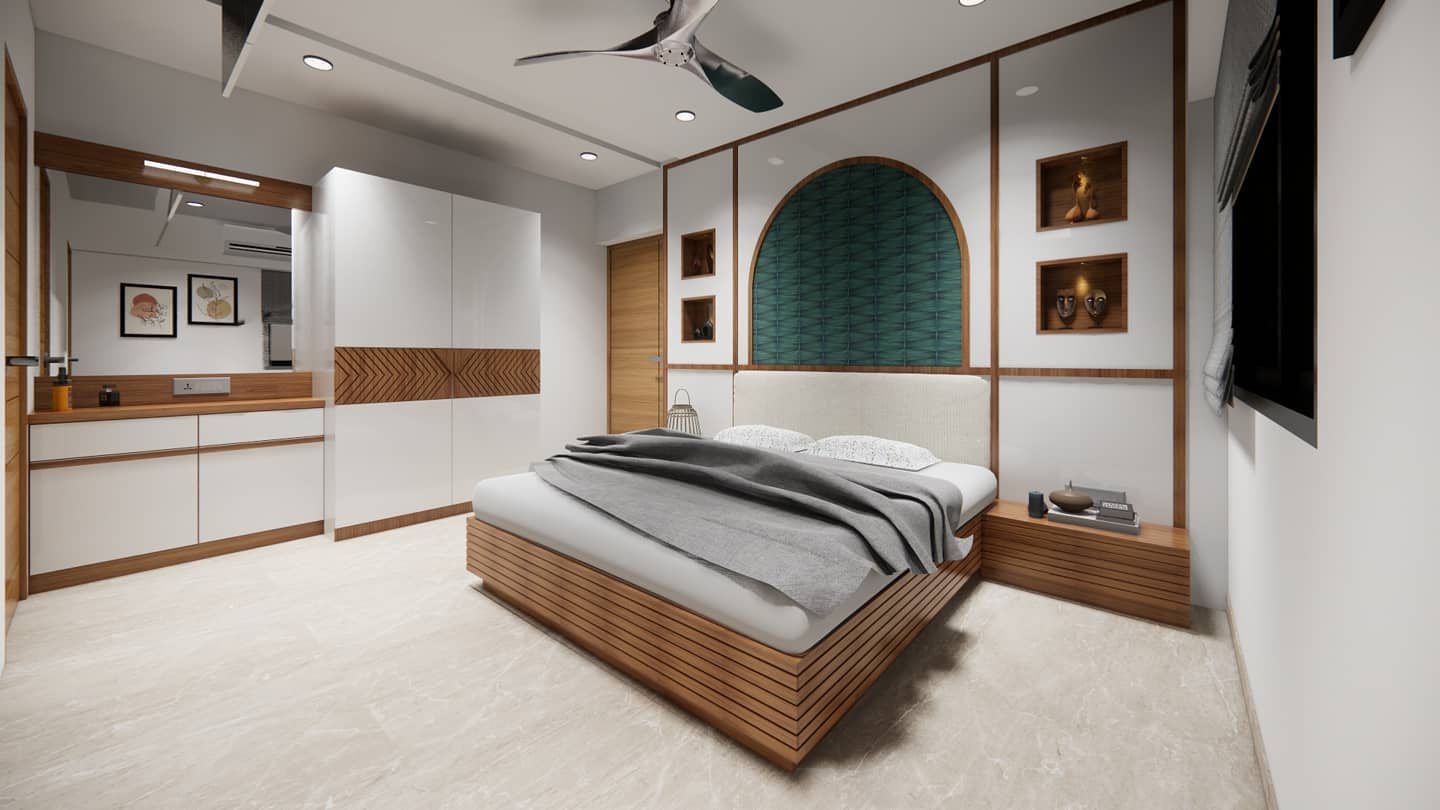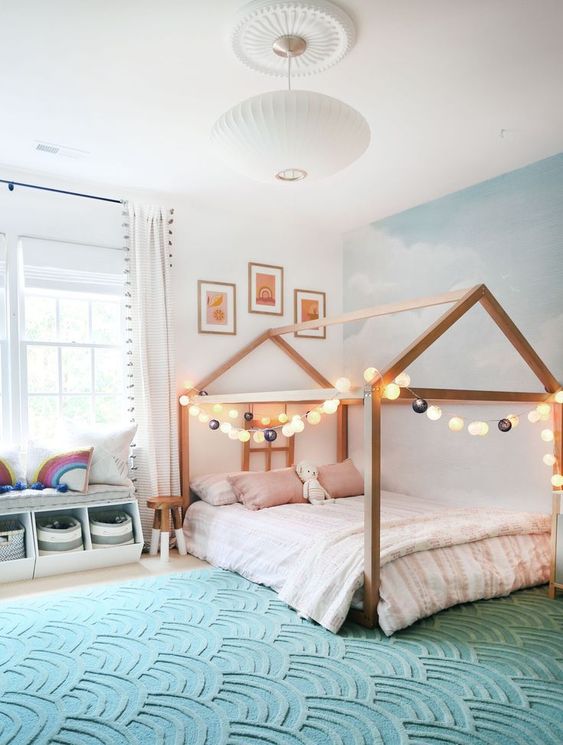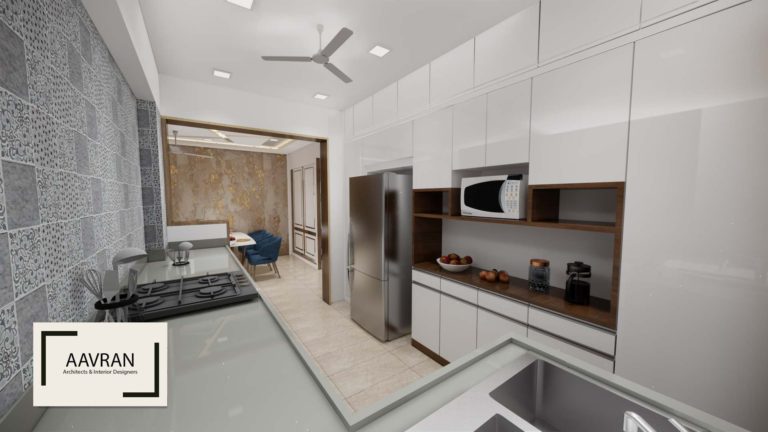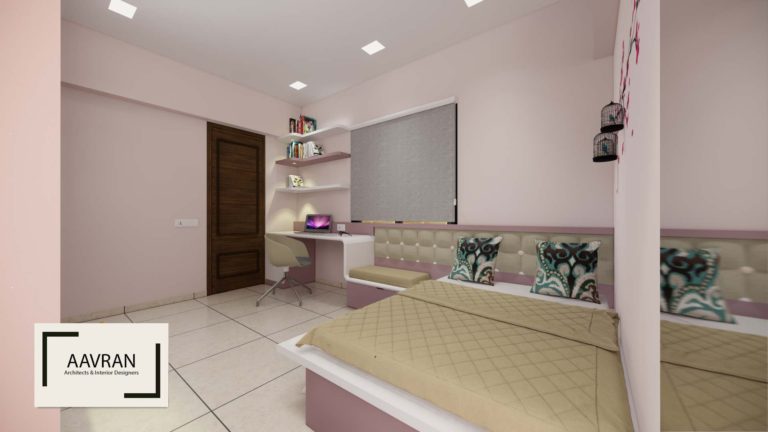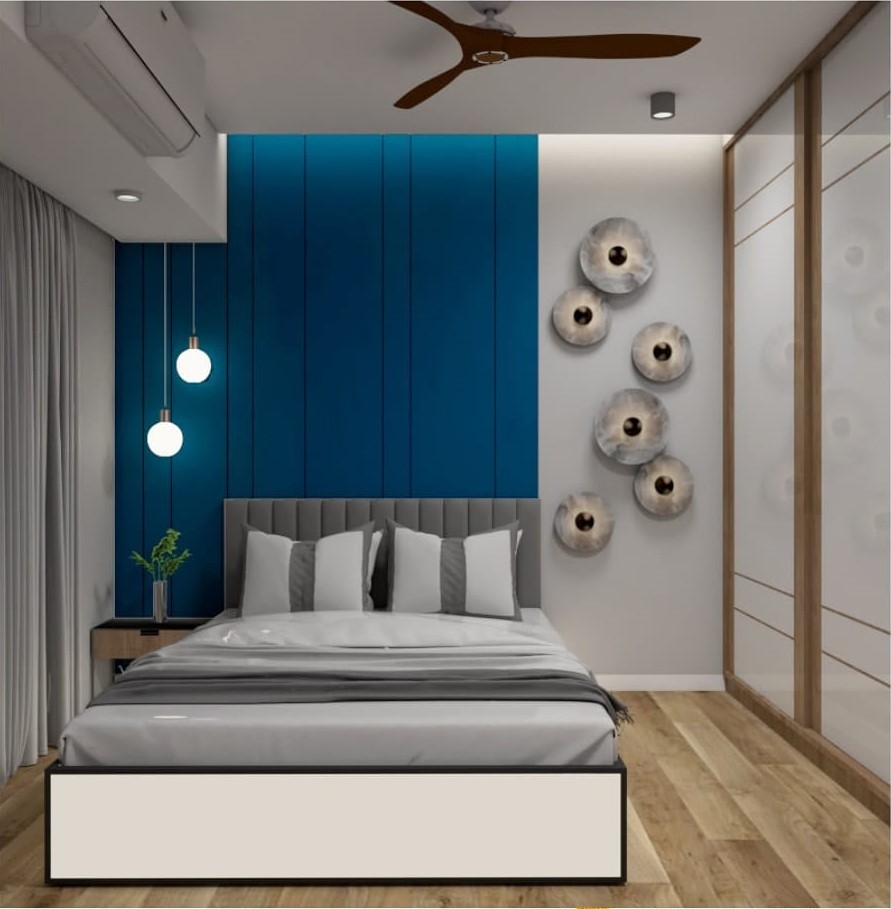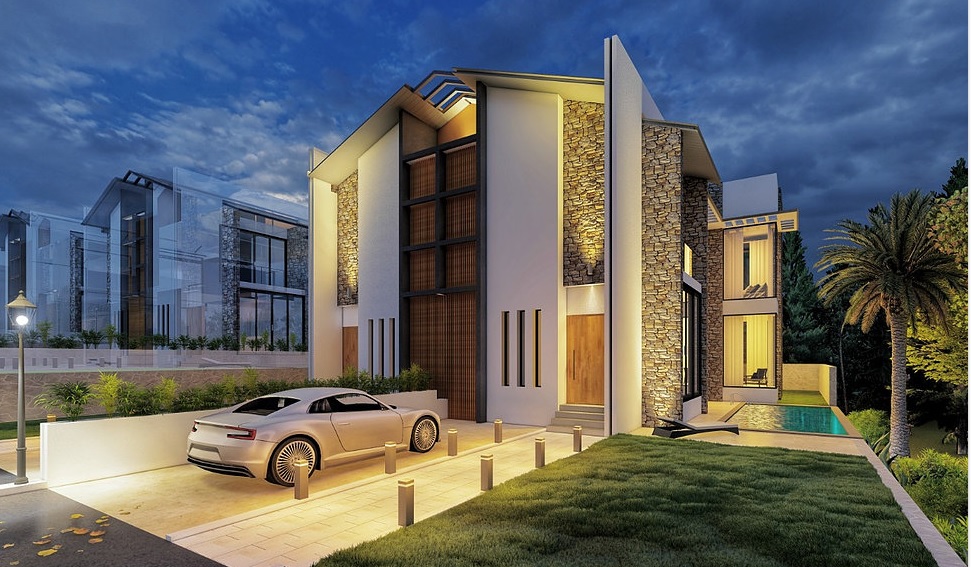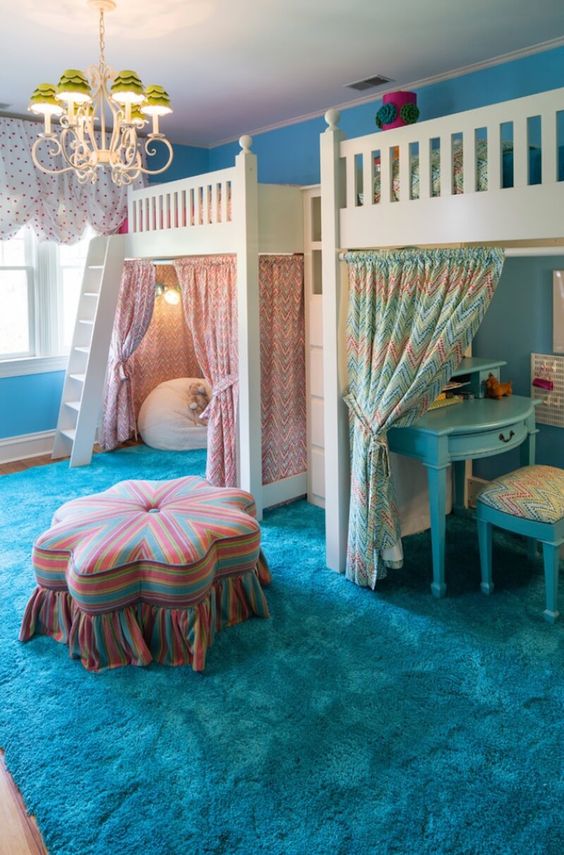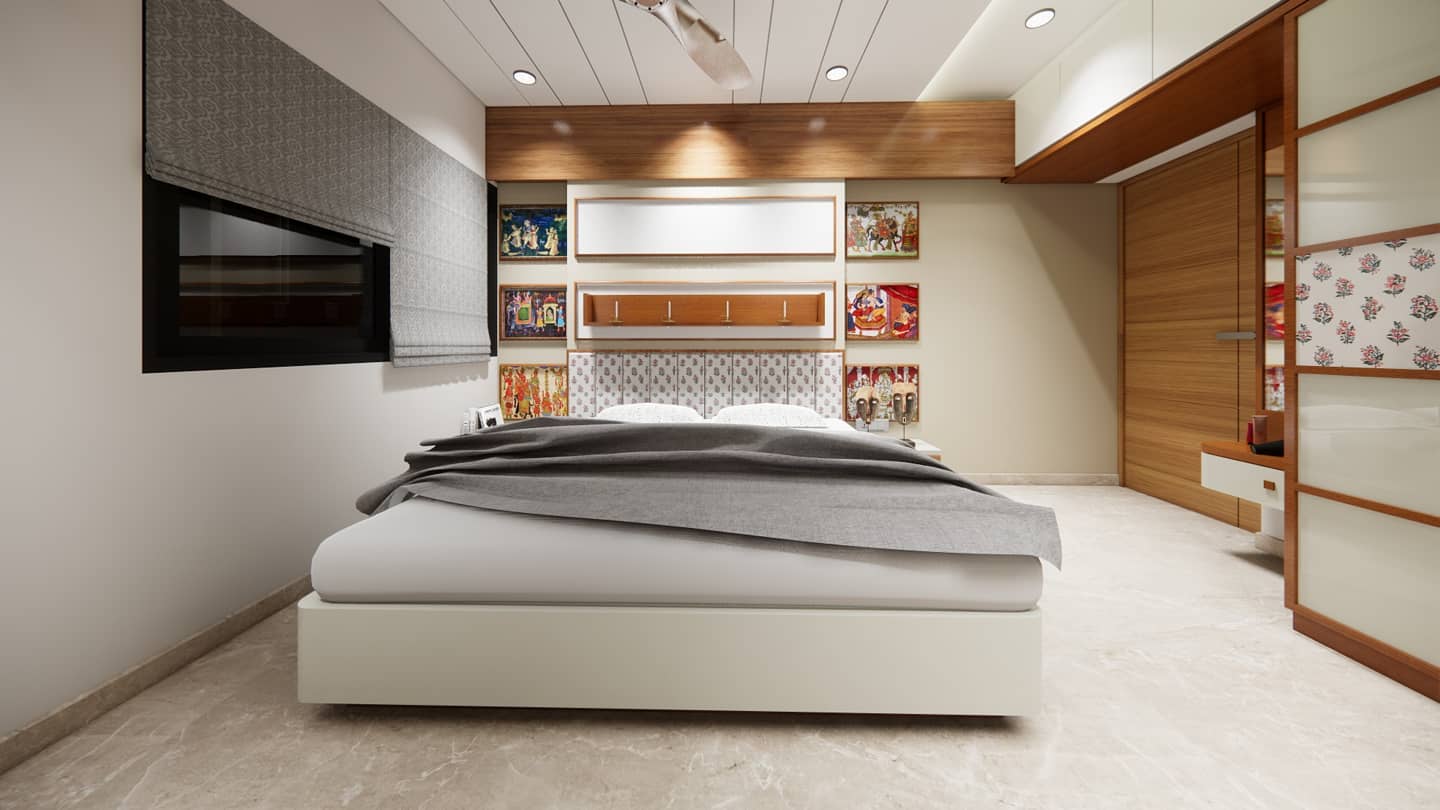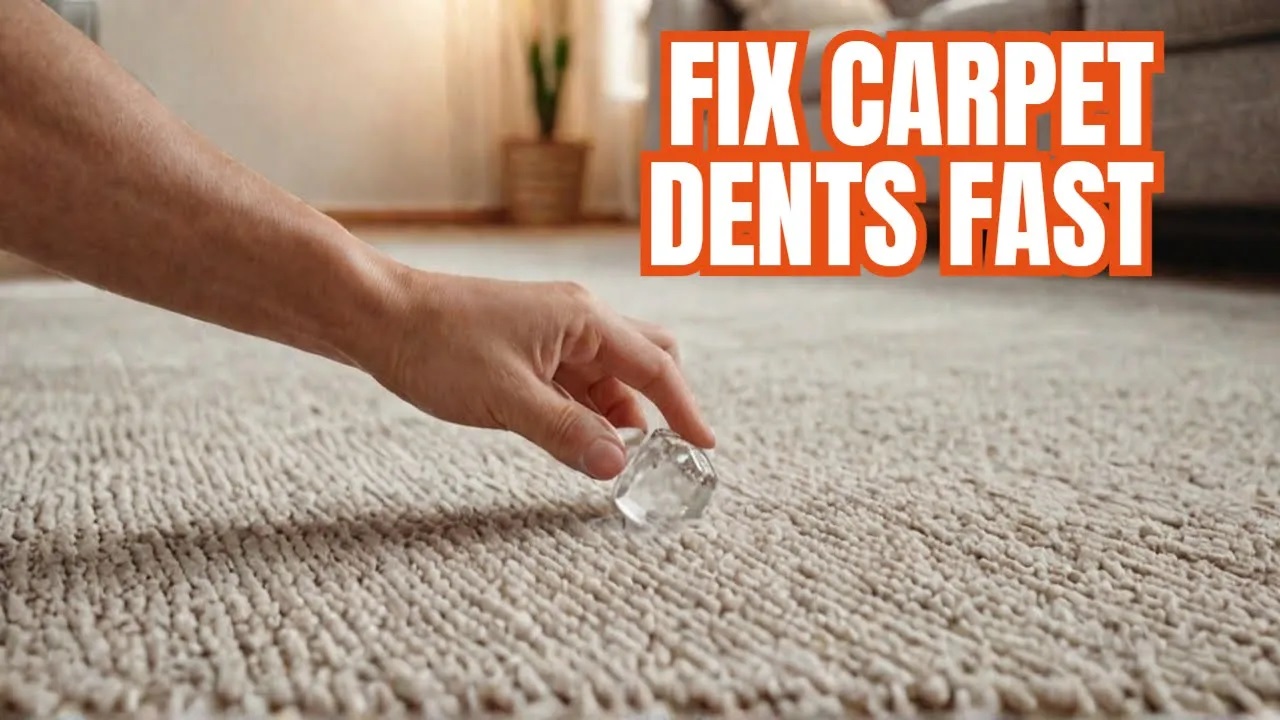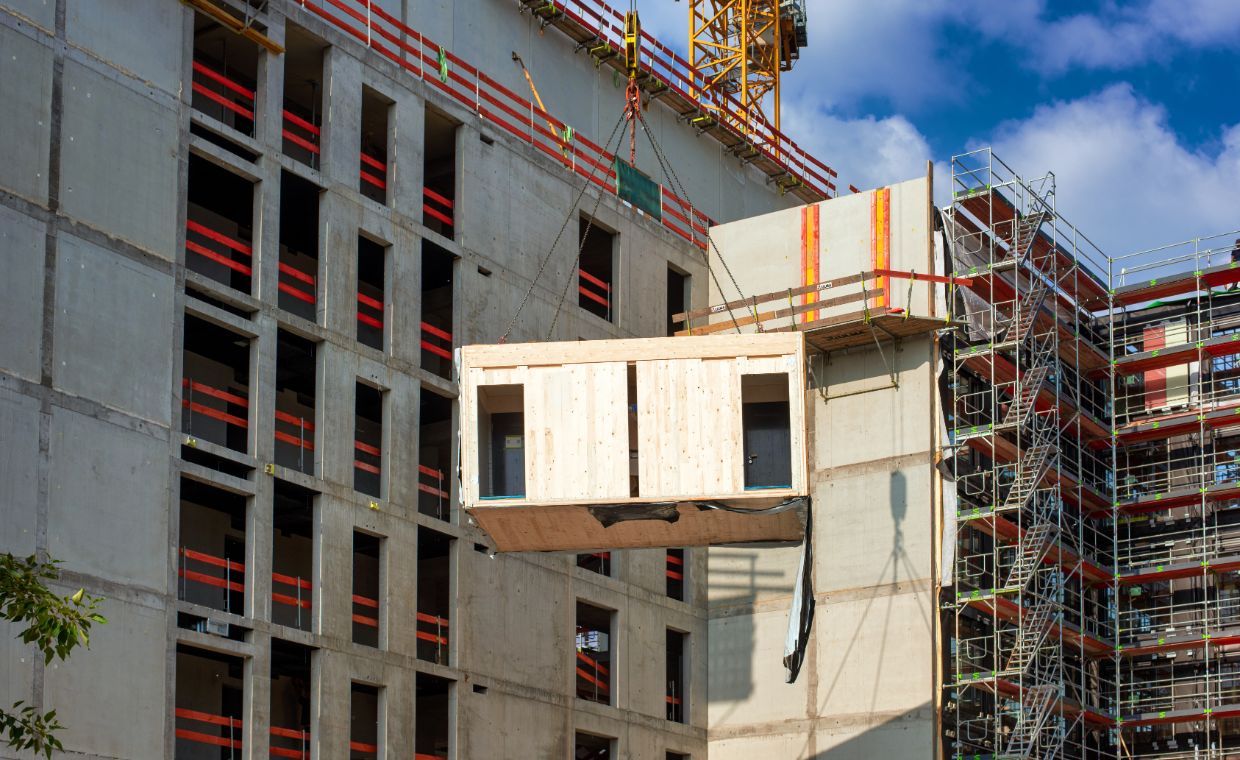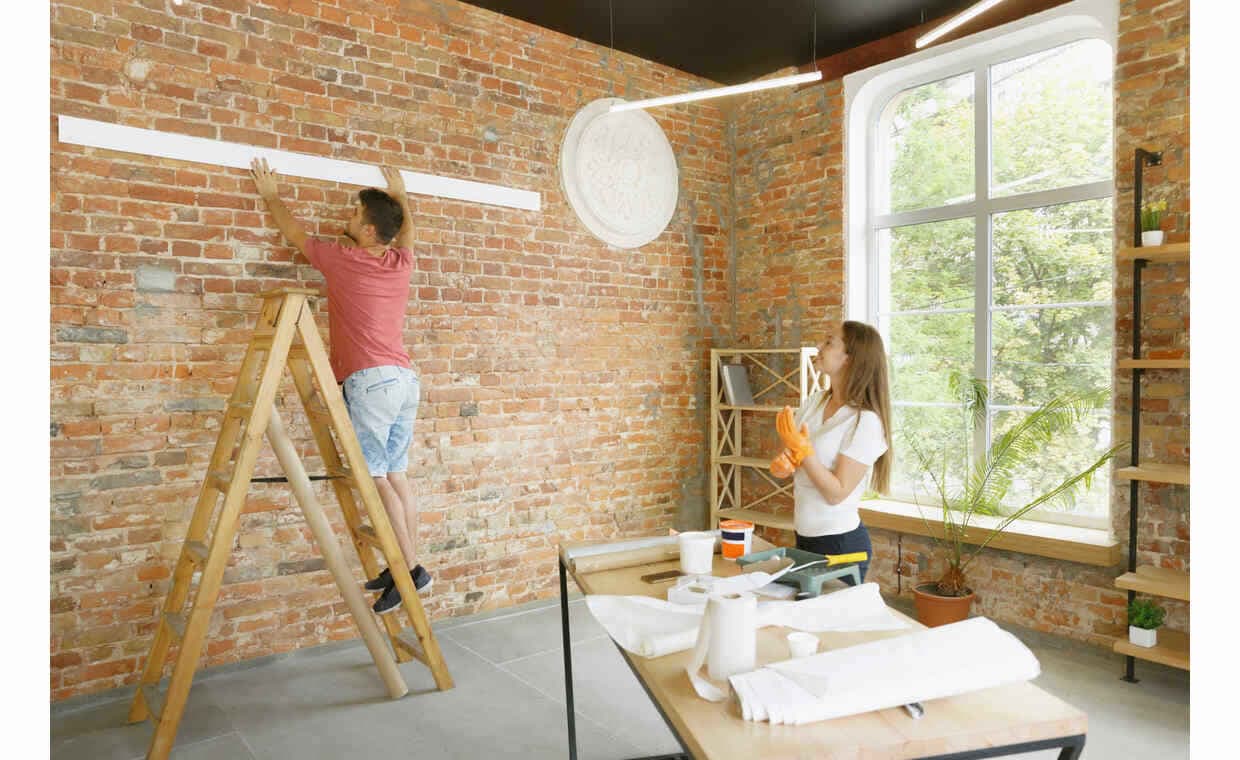
Older homes possess a charm and character that newer houses often lack; however, they’re not always energy-efficient. Drafty windows, outdated insulation, and aging appliances can drive up energy bills and make it harder to maintain a comfortable indoor temperature. The good news? A full-scale renovation isn’t necessary to address these issues. With a few strategic energy-efficient home improvements and small tweaks, you can significantly reduce energy use while preserving the unique charm of your home.
The first step in improving an older home’s energy efficiency is identifying where energy loss occurs. Heat escapes in winter and accumulates in summer, forcing heating and cooling systems to work harder. Simple adjustments—such as sealing air leaks, upgrading lighting, and fine-tuning heating and cooling systems—help minimize energy waste and lower costs. Here’s how to make these changes without tearing your house apart.
Here’s a video to sum up all the points mentioned Below:
Improve Heating and Cooling Efficiency
Heating and cooling account for the largest share of household energy use, so optimizing these systems is crucial. Start with regular maintenance—clean filters, check for leaks, and ensure everything runs smoothly. A well-maintained system operates more efficiently, reducing energy use and extending equipment lifespan.
Investing in a smart air conditioning system and programmable thermostats can also help regulate indoor temperatures more effectively. These systems adapt to your daily routines, learning when to adjust temperatures for optimal comfort and efficiency. With features like heating controls via smartphone apps, you can prevent unnecessary energy use even when you’re not at home.
Leaky ductwork is another common issue in older homes. When conditioned air escapes before reaching rooms, the system has to work harder to compensate. Sealing ducts with mastic or installing insulation around them boosts efficiency and reduces waste.
Boost Insulation Without Tearing Down Walls
Older homes often lack proper insulation, which means they lose heat in winter and trap it in summer. But replacing all the insulation inside your walls isn’t always practical. A simpler and more affordable solution is adding blown-in insulation to attics and crawl spaces. This helps stabilize indoor temperatures without invasive construction.
Thermal curtains are another easy fix. They create a barrier against drafts in the winter and block excess heat from the sun in the summer. If your home still has single-pane windows, thermal curtains can make a noticeable difference.
Don’t forget about floors and basements. Area rugs and carpets add warmth by preventing cold air from creeping in through uninsulated flooring. And if you have an unfinished basement, installing foam board insulation along the walls can help regulate temperatures year-round.
Stop Air Leaks and Drafts
Drafts make a home feel uncomfortable regardless of the season. If cold air seeps in around doors, windows, or electrical outlets, it’s time to seal those gaps.
Weatherstripping is one of the simplest and most effective solutions. It creates a tight seal around doors and windows, preventing air from escaping. Applying caulk to small cracks and gaps around window frames and baseboards further eliminates drafts.
If you have a fireplace that you rarely use, an open chimney may be letting warm air escape. A chimney balloon or flue blocker seals off the opening when not in use, keeping conditioned air inside where it belongs.
Upgrade to Energy-Efficient Lighting
‘Upgrading lighting is one of the easiest ways to save energy. Traditional incandescent bulbs consume more energy than modern alternatives and generate unnecessary heat. Switching to LED bulbs significantly reduces energy usage while maintaining or even improving brightness.
For additional energy savings, consider smart lighting controls such as motion sensors, dimmers, and programmable timers. These devices ensure lights are only on when needed and are easy to install.
Another simple trick? Maximize natural light. Keeping curtains open during the day brightens your home without requiring artificial lighting. Strategically placing mirrors can also help reflect light into darker areas.
Upgrade Appliances and Water Fixtures
Outdated appliances contribute significantly to household energy consumption. Replacing them with Energy Star-rated models leads to long-term savings. Instead of replacing everything at once, start with the biggest energy consumers, such as refrigerators, washing machines, and dishwashers.
Water heaters are another major energy drain. Wrapping a water heater in an insulating blanket helps retain heat, reducing the amount of energy needed to maintain water temperature. Lowering the thermostat to 120°F keeps water hot enough for daily use while cutting down on energy costs.
Installing low-flow shower heads and faucets is another smart move. These fixtures reduce water usage without sacrificing pressure, saving both water and the energy needed to heat it.
Make Windows More Energy Efficient
Replacing old windows can be expensive, but there are cheaper ways to improve efficiency. Applying window film helps regulate indoor temperatures by reducing heat gain in summer and preventing heat loss in winter.
Storm windows are another option. They add an extra layer of insulation, which is especially useful in colder climates. And if you want a simple, quick fix, draft stoppers along windowsills can block cold air during the winter, complementing other insulation efforts.
Adopt Energy-Saving Habits
Efficiency isn’t just about upgrades—it’s also about daily habits. Small changes in routine can add up to big savings over time. For instance, turning off lights and electronics when they’re not in use is an easy way to cut energy waste. Washing clothes in cold water reduces the energy needed for heating, and using ceiling fans can help distribute warm or cool air more effectively.
Many electronics continue to draw power even when they’re turned off. Unplugging devices when not in use—or using a power strip to cut off multiple devices at once—can eliminate this ‘phantom’ energy drain.
Even your cooking habits make a difference. Using a microwave or slow cooker instead of an oven can cut down on energy use, especially in the summer when ovens generate extra heat that forces cooling systems to work harder.
Final Thoughts
A major renovation isn’t necessary to make an older home more energy efficient. Simple, thoughtful energy-efficient home improvements such as optimizing heating and cooling, sealing leaks, upgrading lighting, and adopting smarter daily habits help lower utility bills while improving comfort. Over time, these small adjustments create a more sustainable home without compromising its character.
Also Read: How You Can Smartly Renovate Your New Home?




